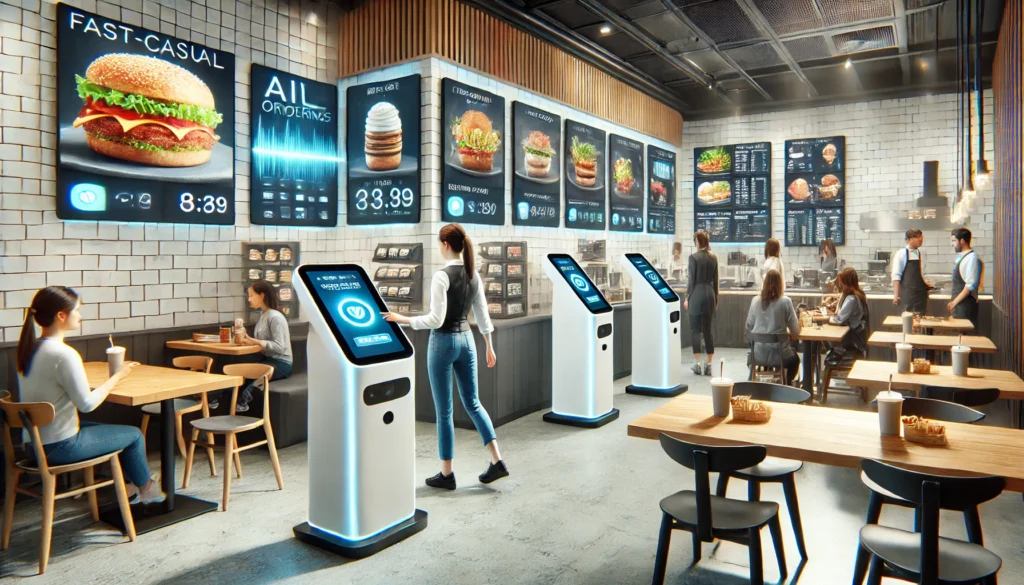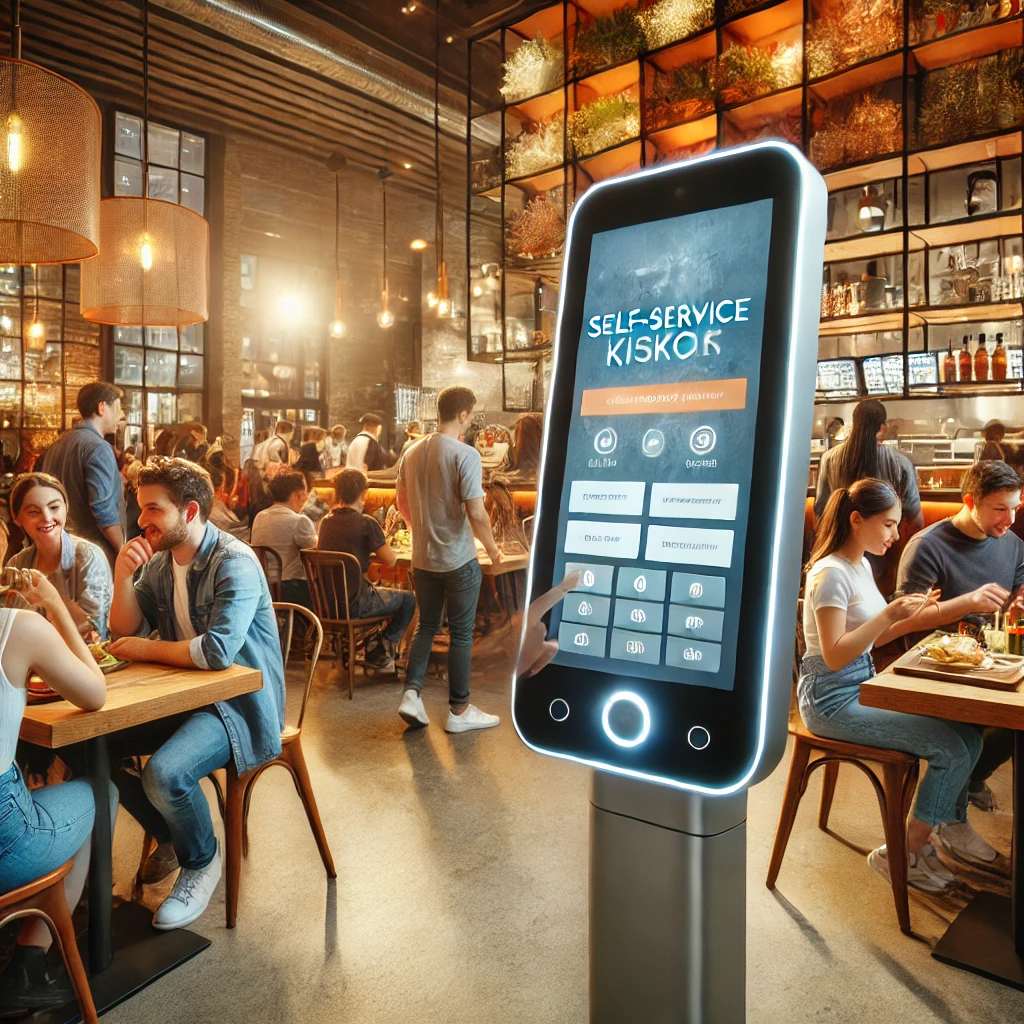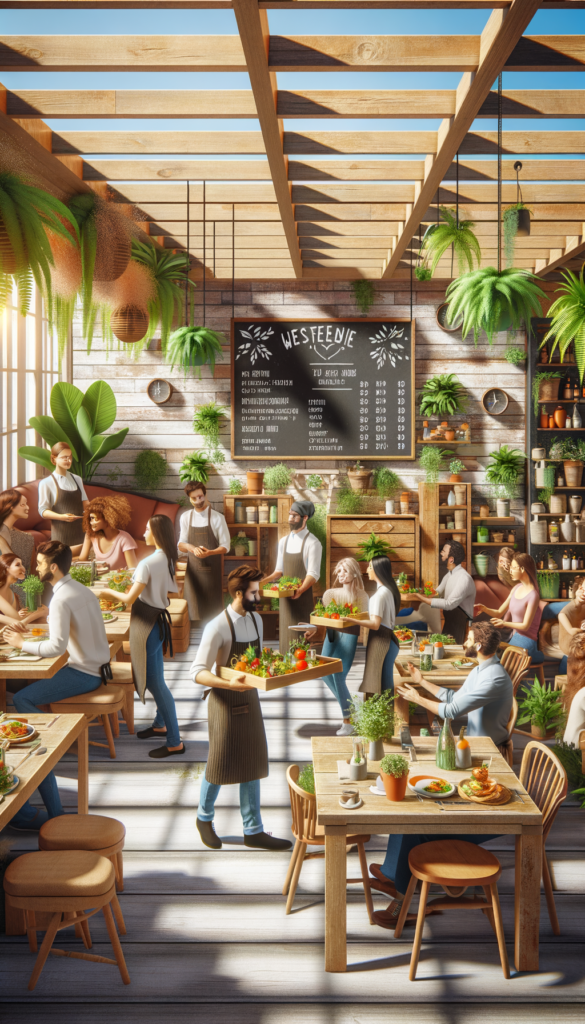Fast Casual Dining’s New Trend: Alcohol Offerings Surge

Fast casual dining embraces alcohol offerings to attract millennials.
Navigating the Future of Food & Beverage Innovation

Discover the challenges and opportunities shaping food and beverage innovation.
Digital Trends Driving Fast Casual Profitability in 2025

Digital trends like AI-driven ordering, mobile payments, and self-service kiosks are transforming fast casual profitability. Learn how Phoenix Geeks helps restaurants integrate ToastTab POS solutions to enhance efficiency and boost revenue. Call us at 833-PHX-Geek today!
Maximizing Restaurant Profits with Self-Service Kiosks

Boost your restaurant’s revenue with self-service kiosks today!
Exploring the Top Restaurant Trends Set to Dominate 2025

Discover the top restaurant trends shaping the culinary landscape in 2025!
Explore the Hottest Restaurant Trends This November 2024!

Discover the top restaurant trends shaping November 2024 dining!
Top 10 Tech Trends Reshaping the Restaurant Industry in 2024

Explore the top 10 tech trends reshaping the restaurant industry, from AI and cloud-based POS systems to augmented reality menus and blockchain. Stay ahead with Phoenix Geeks—call us today at 833-PHX-Geek!
Top 10 Restaurant Tech Trends Revolutionizing Dining in 2024

Discover the top restaurant tech trends of 2024 with Phoenix Geeks, LLC. From AI ordering systems to AR menus, these innovations are transforming dining experiences. Contact us today to enhance your restaurant’s efficiency and customer satisfaction!
10 Restaurant Trends You Need to Know About

Stay ahead in the restaurant industry with these 10 essential trends. From sustainability and plant-based menus to technology integration and experiential dining, discover how to keep your restaurant thriving in 2024.
10 Trends That Are Reshaping Restaurants in 2024

Discover the top 10 trends reshaping restaurants in 2024, including sustainable practices, plant-based menus, and advanced delivery systems. Stay competitive by embracing these innovations. Call Phoenix Geeks today at 833-PHX-Geek!
Exploring the Trend: CBD-Infused Items on Restaurant Menus

Discover how CBD is making its way into restaurant menus due to growing consumer demand and the potential health benefits it offers.
